Frank Sinatra – Theme From New York, New York
(Reprise Records 1985 K14502)
Vinyl in Excellent+ condition
(there are some surface marks visible on the vinyl when held up to the light but they don’t affect the sound quality apart from some light pops/crackles)
Picture Sleeve in Very Good condition
– some creasing and 2 or 3 small tears on front
Francis Albert Sinatra (December 12, 1915 – May 14, 1998) was an American singer and actor who is generally perceived as one of the greatest musical artists of the 20th century. He is one of the best-selling music artists of all time, having sold an estimated 150 million records worldwide. Born to Italian immigrants in Hoboken, New Jersey, Sinatra was greatly influenced by the intimate easy listening vocal style of Bing Crosby and began his musical career in the swing erawith bandleaders Harry James and Tommy Dorsey. Sinatra found success as a solo artist after he signed with Columbia Records in 1943, becoming the idol of the “bobby soxers”.
Sinatra released his debut album, The Voice of Frank Sinatra, in 1946. But by the early 1950s, his professional career had stalled and he turned to Las Vegas, where he became one of its best known residency performers as part of the Rat Pack. His career was reborn in 1953 with the success of the film From Here to Eternity, with his performance subsequently earning him an Academy Award and Golden Globe Award for Best Supporting Actor. Sinatra then released several critically lauded albums, some of which are retrospectively noted as being among the first “concept albums”, including In the Wee Small Hours (1955), Songs for Swingin’ Lovers! (1956), Come Fly with Me (1958), Only the Lonely (1958), No One Cares (1959), and Nice ‘n’ Easy (1960).
Sinatra left Capitol in 1960 to start his own record label, Reprise Records, and released a string of successful albums. In 1965, he recorded the retrospective album September of My Years and starred in the Emmy-winning television special Frank Sinatra: A Man and His Music. After releasing Sinatra at the Sands, recorded at the Sands Hotel and Casino in Vegas with frequent collaborator Count Basie in early 1966, the following year he recorded one of his most famous collaborations with Tom Jobim, the album Francis Albert Sinatra & Antonio Carlos Jobim. It was followed by 1968’s Francis A. & Edward K. with Duke Ellington. Sinatra retired for the first time in 1971, but came out of retirement two years later. He recorded several albums and resumed performing at Caesars Palace, and released “New York, New York” in 1980. Using his Las Vegas shows as a home base, he toured both within the United States and internationally until shortly before his death in 1998.
Sinatra forged a highly successful career as a film actor. After winning an Academy Award for From Here to Eternity, he starred in The Man with the Golden Arm (1955), and in The Manchurian Candidate (1962). He appeared in various musicals such as On the Town (1949), Guys and Dolls (1955), High Society (1956), and Pal Joey (1957), winning another Golden Globe for the latter. Toward the end of his career, he frequently played detectives, including the title character in Tony Rome(1967). Sinatra would later receive the Golden Globe Cecil B. DeMille Award in 1971. On television, The Frank Sinatra Show began on ABC in 1950, and he continued to make appearances on television throughout the 1950s and 1960s. Sinatra was also heavily involved with politics from the mid-1940s, and actively campaigned for presidents such as Franklin D. Roosevelt, Harry S. Truman, John F. Kennedy and Ronald Reagan. Sinatra was investigated by the FBI for his alleged relationship with the Mafia.
While Sinatra never learned how to read music, he worked very hard from a young age to improve his abilities in all aspects of music. A perfectionist, renowned for his dress sense and performing presence, he always insisted on recording live with his band. His bright blue eyes earned him the popular nickname “Ol’ Blue Eyes”. Sinatra led a colorful personal life, and was often involved in turbulent affairs with women, such as with his second wife Ava Gardner. He later married Mia Farrow in 1966 and Barbara Marx in 1976. Sinatra had several violent confrontations, usually with journalists he felt had crossed him, or work bosses with whom he had disagreements. He was honored at the Kennedy Center Honors in 1983, was awarded the Presidential Medal of Freedom by Ronald Reagan in 1985, and the Congressional Gold Medal in 1997. Sinatra was also the recipient of eleven Grammy Awards, including the Grammy Trustees Award, Grammy Legend Award and the Grammy Lifetime Achievement Award. He was included in Time magazine’s compilation of the 20th century’s 100 most influential people. After Sinatra’s death, American music critic Robert Christgau called him “the greatest singer of the 20th century”, and he continues to be seen as an iconic figure.
“Theme from New York, New York” (or “New York, New York“) is the theme song from the Martin Scorsese film New York, New York (1977), composed by John Kander, with lyrics by Fred Ebb. It was written for and performed in the film by Liza Minnelli. It remains one of the best-known songs about New York City. In 2004 it finished #31 on AFI’s 100 Years…100 Songs survey of top tunes in American Cinema.
Composers Kander and Ebb stated on the A&E Biography episode about Liza Minnelli, that they attribute the song’s success to actor Robert De Niro, who rejected their original theme for the film because he thought it was “too weak”. The song did not become a popular hit until it was picked up in concert by Frank Sinatra during his performances at Radio City Music Hall in October 1978. (It was not even nominated for the Academy Award for ‘Best Song’).
In 1979, “Theme from New York, New York” was recorded by Frank Sinatra for his album Trilogy: Past Present Future (1980), and became closely associated with him, becoming one of his signature songs. He occasionally performed it live with Minnelli as a duet. Sinatra recorded it a second time for his 1993 album Duets, with Tony Bennett.
Sinatra’s recording peaked at #32 in June 1980, becoming his final Top 40 hit. It was also an Adult Contemporary hit, reaching #10 in the US and #2 in Canada. The song made a minor showing in the UK (#59); however, it recharted several years later and reached #4 in 1986. The song was nominated for a Grammy Award for Best Pop Vocal Performance, Male and Sinatra made two more studio recordings of the song in 1981 (for his NBC TV special The Man and His Music) and 1993 (for Capitol Records). From the latter, an electronic duet with Tony Bennett was produced for Sinatra’s Duets album.
The lyrics of the Sinatra versions differ slightly from Ebb’s original lyrics. Notably, the phrase “A-number-one”, which does not appear at all in the original lyrics, is sung twice at the song’s rallentando climax. (Ebb has said he “didn’t even like” Sinatra’s use of “A-number-one”). The phrase is both the first and fourth on a list of three superlative titles the singer strives to achieve — “A-number-one, top of the list, king of the hill, A-number-one” — where Ebb’s original lyrics (performed by Minnelli) were “king of the hill, head of the list, cream of the crop, at the top of the heap.”
The first line of the song is:
Start spreadin’ the news, I’m leaving today
I want to be a part of it: New York, New York.
The song concludes with the line:
If I can make it there, I’m gonna make it anywhere,
It’s up to you, New York, New York.
Minnelli’s original recording of the song (also used in the Tony Bennett version in Duets) uses the following closing line:
If I can make it there, I’ll make it anywhere,
Come on come through, New York, New York.
Despite Sinatra’s version becoming more familiar, original singer Minnelli had two of the tune’s most memorable live performances – during the July 4, 1986 ceremony marking the rededication of the Statue of Liberty after extensive renovations, and in the middle of the seventh inning at Shea Stadium during a New York Mets game, the first pro sports event in the metro area after the September 11, 2001 attacks. She also sang it at Los Angeles Memorial Coliseum during the 1984 Summer Olympics opening ceremony, accompanied by 24 pianos and strobe lights.
Tracklist
| A | Theme From New York, New York
Written-By – John Kander – Fred Ebb* |
3:26 | |
| B | That’s What God Looks Like To Me
Written-By – Lan O’Kun, Stan Irvin |
2:57 |
Credits
- Arranged By – Don Costa
- Producer – Sonny Burke


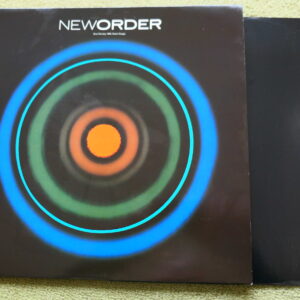
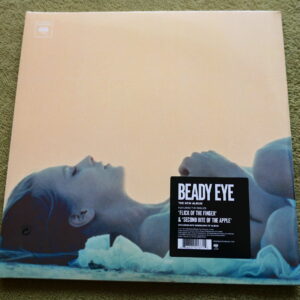
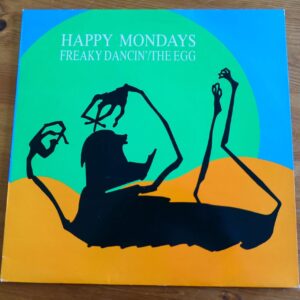
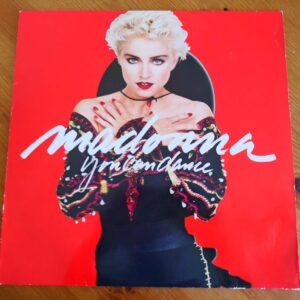
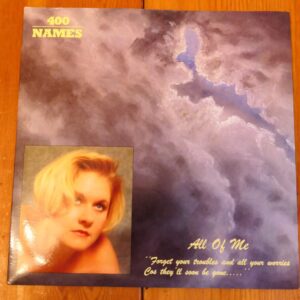
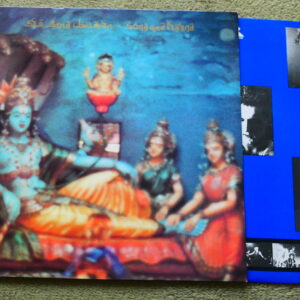

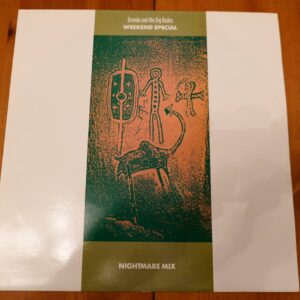
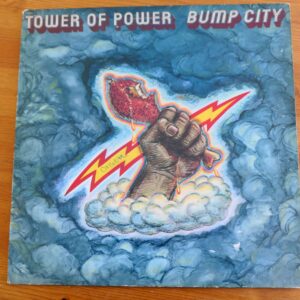

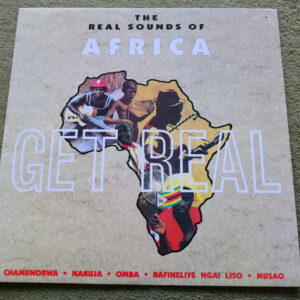

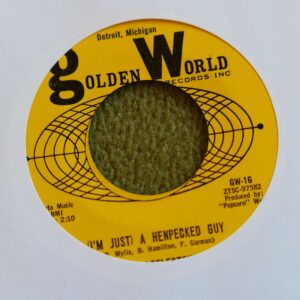

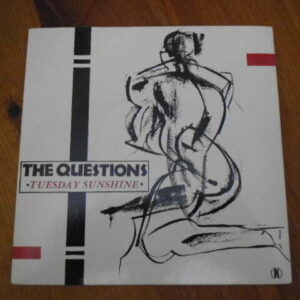
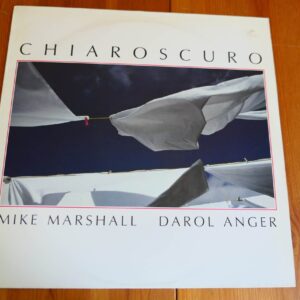
Reviews
There are no reviews yet.